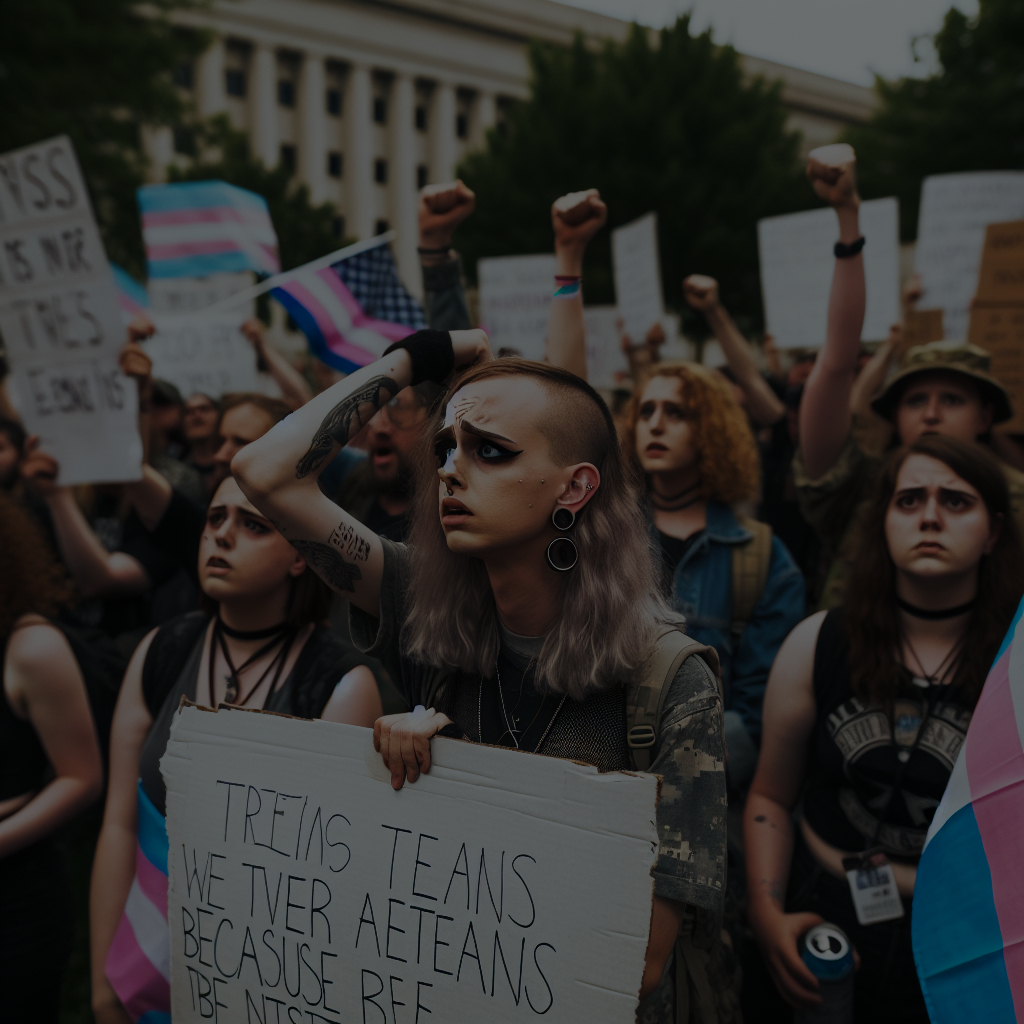A Decision Shaped by U.S. Policy
Canadian-issued Nexus cards will no longer offer the gender marker “X,” a non-binary option previously available to applicants. Moving forward, applicants must choose between “M” (male) or “F” (female). This policy shift stems directly from a directive enacted by the Trump administration, which asserts the existence of only two legally recognized genders. Though it originates from the United States, the decision is now having tangible effects on bi-nationally managed identification systems.
Canadians Affected, Even with an “X” Passport
According to The Globe and Mail, Canadian citizens holding passports with the “X” gender marker must now select either “male” or “female” when applying for or renewing a Nexus card. This requirement applies regardless of their official Canadian documentation and its recognition of non-binary identities.
Nexus: A Cross-Border Collaborative Program
The Nexus program is designed to facilitate faster travel between Canada and the United States and is jointly managed by the Canada Border Services Agency (CBSA) and the U.S. Customs and Border Protection. Because of this shared administration, changes in U.S. policy can directly impact procedures and eligibility requirements in Canada, including gender identification protocols.
Existing Cards with “X” Still Valid—For Now
The CBSA has confirmed that current Nexus cards displaying an “X” gender marker will remain valid until their expiration date. However, any new applications or renewals must now conform to the binary gender selection, presenting additional barriers for transgender and non-binary travelers.
A Policy Impacting a Small but Growing Demographic
Since the Canadian government introduced the “X” option for passports in 2019, roughly 3,600 Canadians have chosen this designation. From January 2022 to March 2025, nearly 550 Nexus applications were submitted with the “X” gender marker, according to CBSA data. While these numbers remain relatively small, they highlight an increasing recognition and visibility of non-binary identities within Canada’s population.








Deja una respuesta